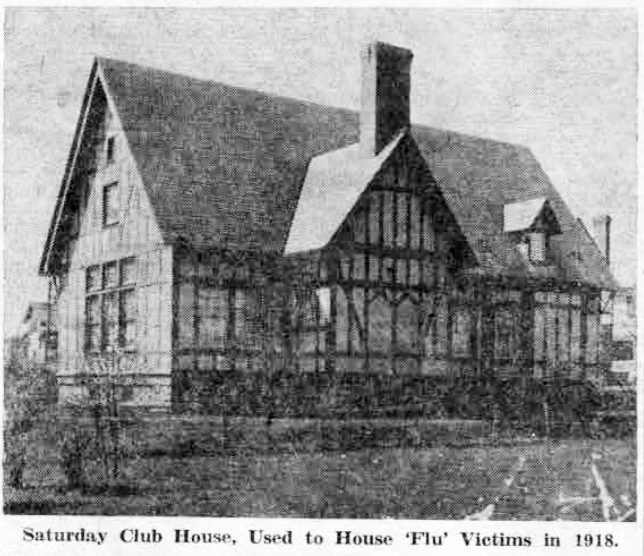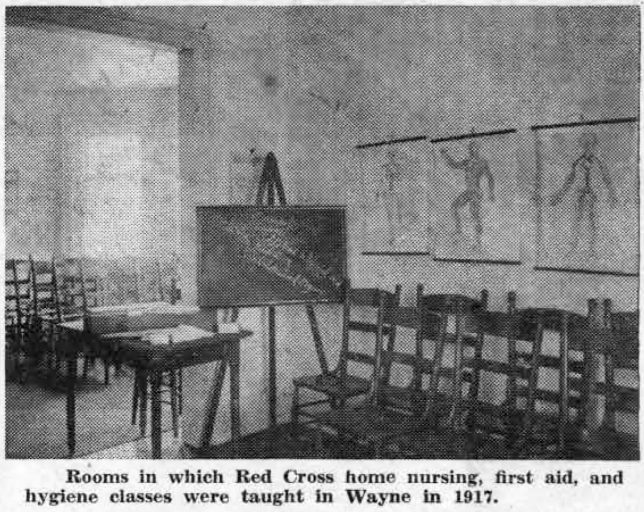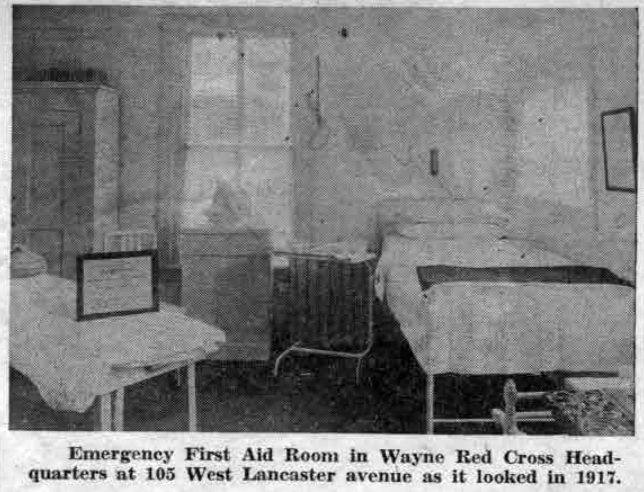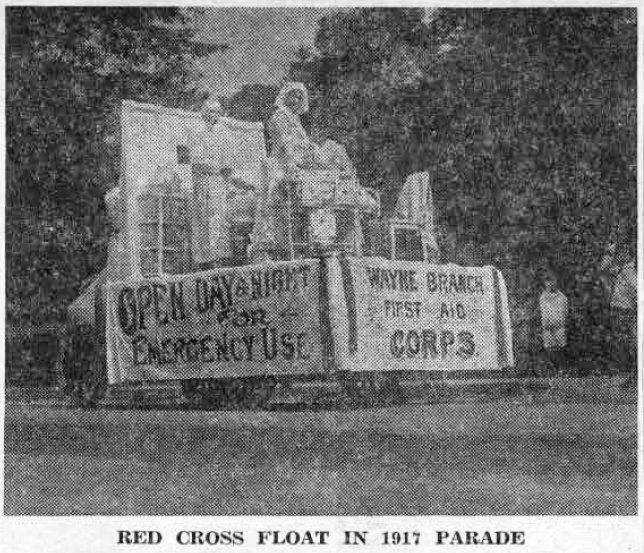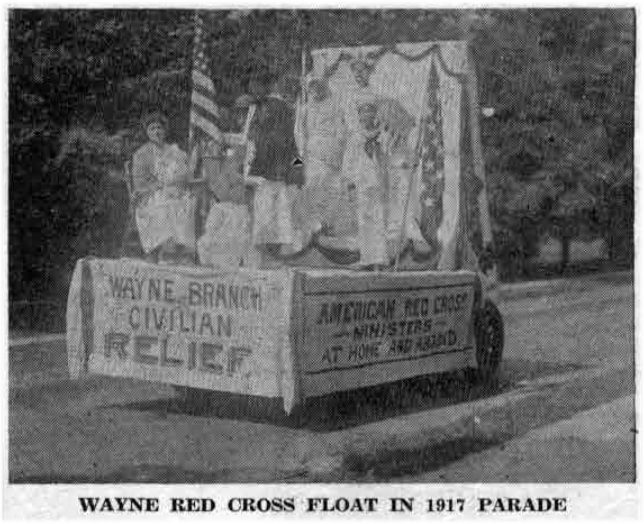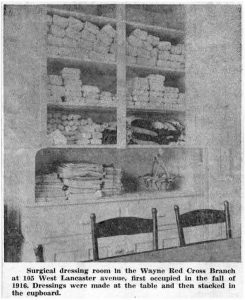“What was Wayne like 25 years ago?”, the newcomer asks the old timer. And then, as the latter hesitates in his reply, the newcomer adds encouragingly, “Just tell me about it as it was even ten or fifteen years ago.” But only the old timer realizes the difficulty of adequate answers to questions such as these, for, after all, most community changes come so gradually that it is difficult to date them accurately in retrospect.
The yearly bound copies of “The Suburban” always provide fascinating reading to your columnist in that they record the week-by-week happenings of Radnor township in general and of Wayne in particular. The minute books and other official records of various organizations give the histories of each, but only the local newspaper can give a composite picture of community life over the years.
It was to the 1936 volume of “The Suburban” that the writer turned recently. Amazing as it may seem, the big headline of an early January paper concerned the Philadelphia and Western Railroad and bus service, just as so many headlines of 1956 have done. The story of 20 years ago was very different, however, dealing as it did with a proposed increase in service rather than the recent, much deplored decrease. For in January, 1936, the P. and W. was filing an application with the Public Service Commission for establishment of two local motor bus loops in Wayne to augment its Philadelphia to Wayne service!
The first of these motor bus loops was to make its start from the Wayne – St. Davids station of the P. and W., along Conestoga road to Bloomingdale avenue, which it would travel until Lancaster avenue was reached. From there the route led east to Louella avenue, passing along the business section of Wayne. The end of the “loop” would be south on Louella and along Conestoga road until the Wayne – St. Davids Station was reached again. The route on alternate bus trips would be along Audubon avenue to South Wayne avenue, when, after crossing Lancaster pike and passing the Pennsylvania Railroad station, it would make a rather complete tour of all the streets in North Wayne. But if the writer’s memory serves her rightly this ambitious bus program did not survive for long. In the early months of 1936, just as now in 1956, snowstorms made front page headlines. The first issue of “The Suburban”, in January, 1936, tells of how “the dawn of New Year’s Day found people digging themselves out of the heaviest December snow in years.” Again, in mid-February, “the worst snowstorm in years swept this section.”
Under the heading of “News items Tersely Told”, a column that ran from week to week, were the following bits of news. “A Big Buy-in-Wayne Campaign is being launched by Wayne Business Men… the Wayne Red Cross raised $3800 in money contributions… Radnor High School has a graduating January class of 22… Police and civic organizations “joined in a drive to prevent speeding of automobiles… Strawbridge and Clothier celebrated the sixth anniversary of the opening of its Ardmore store… a four-year-old girl won the Devon Cottage, feature of the Devon Horse Show… Mrs. James H. Lafferty purchased the McCarthy store, one of the oldest business places in Wayne… the June graduating class at Radnor High School numbered 60… a novelty swimming meet was held at Martin’s Dam Club…”
The “Review of Principal Happenings of the year 1936,” as given in an early 1937 issue of “The Suburban,” lists the letting of contracts for the erection of Highland Homes, the $300,000 project on Highland avenue, early in the year… the building neared completion by the end of 1936… tax rate unchanged from the year before with 10 mills for the township and 17½ for the schools… a bitter fight was waged between Weldon B. Heyburn and John J. McClure for Republican nominee for State Senate… at the election in November, Radnor township was one of the new bright GOP spots in the great Roosevelt landslide, the township being carried for Governor Alfred M. Landon by 3825 to 1883, in the largest vote ever cast in the township… with federal aid Radnor High School was enlarged by the addition of classrooms, offices, laboratories, etc. During the year the School District bought the Frank H. Dallett property on Windermere avenue for $5,000 and the lot on North Wayne avenue abutting the Pennsylvania Railroad for $10,000.” (Note: The Dallett property is the site of the school tennis courts and the lot by the railroad is the North Wayne school playgrounds.)
And last, but not least, the Radnor-Lower Merion football game had a score of 2-0, in favor of Lower Merion!
(to be concluded)

